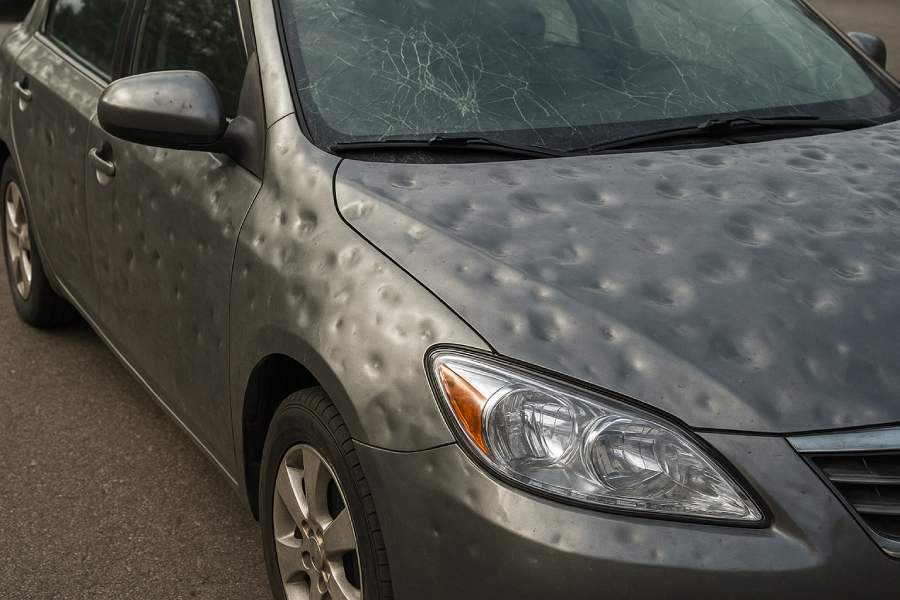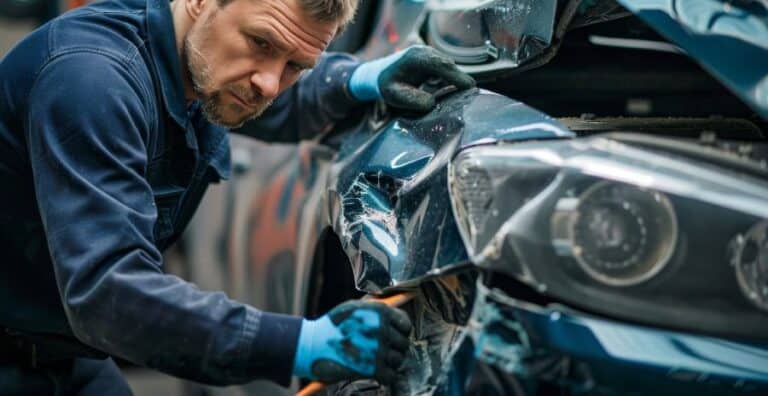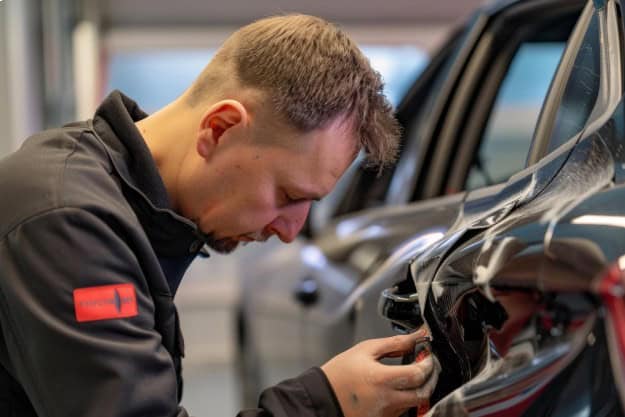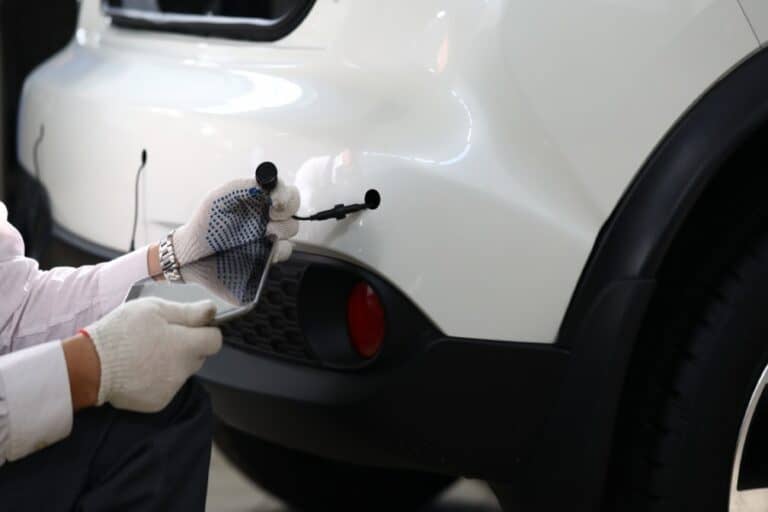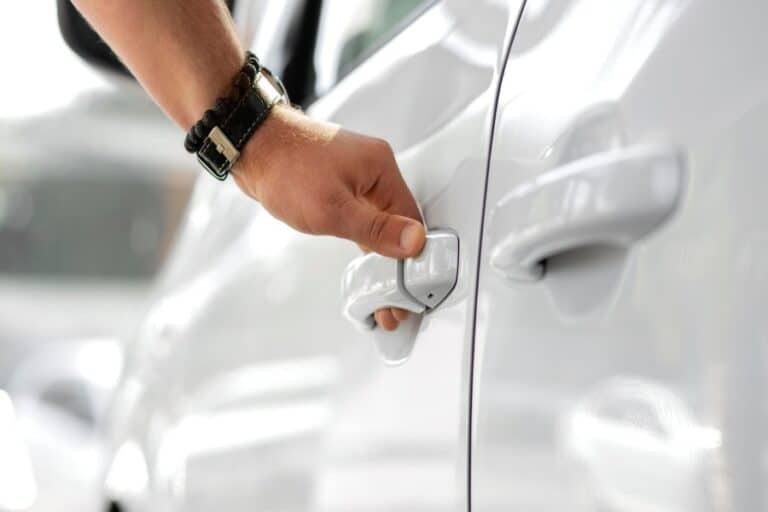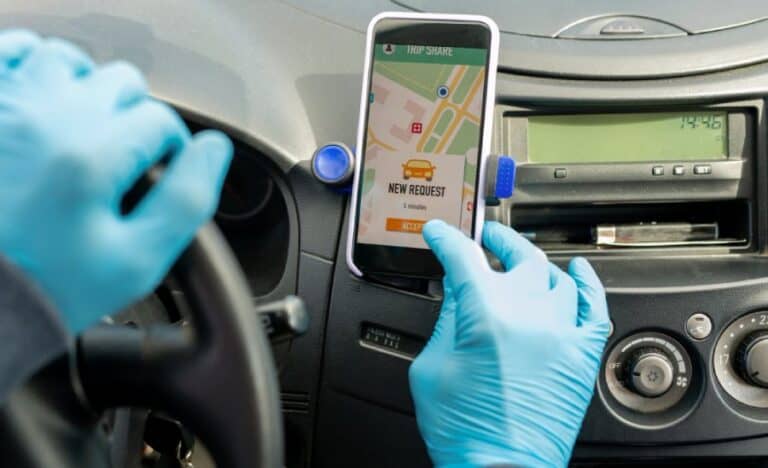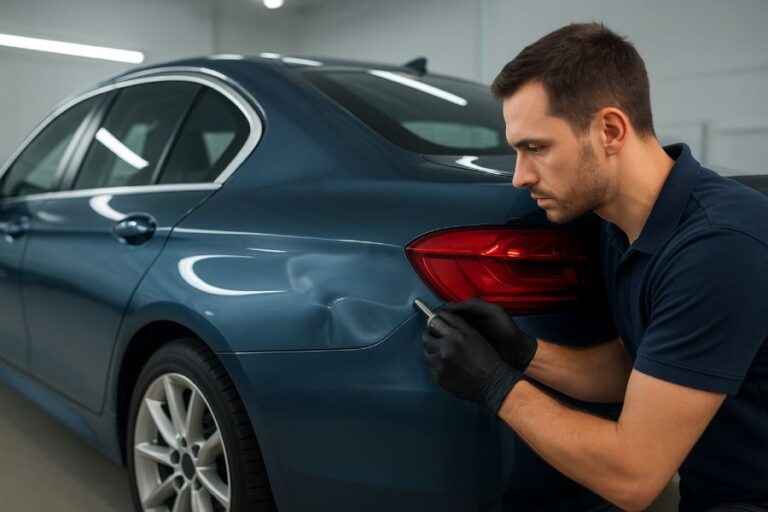How Hail Damage Affects Your Car’s Value — and What You Can Do About It
An unexpected hailstorm can seriously damage your vehicle, leading to issues like dents, broken windows, and paint loss. While the visible damage is obvious, the impact on resale value and overall performance may not be immediately noticeable. Even minor dents can discourage potential buyers and lower your car’s market value. In this article, we will explore how hail damage affects your vehicle’s worth, the factors that lead to depreciation, and strategies to repair or preserve your car’s value.
Understanding the Impact of Hail Damage on Vehicle Value
Hail can result in different levels of harm, ranging from slight cosmetic imperfections to serious structural issues that threaten the overall safety of your vehicle. The impact of this damage on your car’s value hinges on several factors, including the extent of the harm, the vehicle’s age, and market perceptions of cars affected by hail.
1. How Hail Damage Reduces Resale Value

When a potential buyer inspects a vehicle with hail damage, even minor dents can create a poor first impression. These visible flaws may imply negligence or hidden issues, causing the buyer to feel cautious or unsure. Generally, hail damage can reduce a car’s value by 10% to 50%, depending on how serious and noticeable the damage is.
Key Value Reduction Factors
- Extent of visible damage: Major dents or shattered panels can greatly diminish the value of a car.
- Repair expenses: If the cost to fix the damage approaches or exceeds the vehicle’s market price, insurers may deem it a total loss.
- Condition of the exterior finish: Chips in the paint that expose metal can cause rust and accelerate the car’s decline in value.
- Vehicle age and type: Generally, newer vehicles undergo a more significant drop in value than their older counterparts.
Buyers, dealers, and insurers typically see hail damage in an unfavorable light. Consequently, it’s important to quickly record the damage and take immediate steps to protect your investment.
2. Insurance Classification and Its Effect on Value
If your insurance provider concludes that the hail damage is extensive, your car may receive a “hail damage” title or be deemed a total loss. This can greatly reduce its resale value, making it harder to insure and sell, even after repairs are made.
Why the “Total Loss” Tag Matters
If your car is classified as a total loss, it will be assigned a salvage title. Even after it has been repaired, its resale value typically drops by 20 to 40%. Many prospective buyers tend to avoid vehicles with salvage titles due to concerns about their reliability.
Should your vehicle sustain significant hail damage, it’s a good idea to gather multiple repair estimates prior to filing an insurance claim. In some cases, handling minor repairs on your own can help maintain the status of your title and protect its future value.

Repair Options: How to Restore Your Car’s Value
1.Paintless Dent Repair (PDR): The Gold Standard
Paintless Dent Repair (PDR) is the preferred method for fixing hail damage. This approach involves carefully manipulating dents from behind the vehicle’s body panel, preserving the original paintwork.
Benefits of PDR:
- Maintains the existing paint finish, eliminating the need for any repainting.
- Cost-effective and efficient, making it ideal for minor dents to moderate dents.
- Protects resale value by preventing any visible imperfections or filler remnants.
Since it’s a low-impact method, PDR usually requires only a few hours to a maximum of one day, based on how severe the damage is.
2.Traditional Auto Body Repair
If the hail damage results in substantial dents, cracks in the paint, or distorted panels, traditional auto body repair techniques may be necessary.
What This Involves
- Fixing and refining any flaws.
- Repainting to match the original factory color.
- Possibly replacing heavily damaged components, like hoods or roofs.
While conventional repair techniques are generally more expensive and time-consuming than paintless dent repair, they can fully restore both the structural integrity and visual appeal of the vehicle. However, areas that have been repainted may slightly reduce resale value when compared to the original factory finish.
3.Windshield and Glass Replacement
Hail can easily crack or harm windshields and windows, which are essential for safety. Even small chips can deteriorate and expand as time goes on.

What to Do Immediately
To prevent moisture infiltration, cover any cracks with clear tape. Avoid using pressure washers and exposing the glass to drastic temperature fluctuations. Schedule repairs or replacement for the glass at your earliest convenience.
Neglecting damage to the glass can lower resale value and compromise safety as well as visibility.
Financial and Insurance Considerations
Many car owners hesitate to file claims for hail damage because they’re worried about possible rises in their insurance rates or being labeled as a “total loss.” However, understanding how insurance works in these cases can help you make better decisions.
1. Comprehensive Coverage and Hail Damage Claims
Typically, hail damage is categorized under comprehensive PDR insurance instead of collision coverage. This means that if you have comprehensive protection, your insurance is likely to pay for the repair expenses, excluding the deductible.
Steps to Take After a Hailstorm
- Document everything: Ensure you gather thorough photos and videos showcasing the damage.
- File your claim promptly: Insurers have deadlines for filing claims related to hail damage.
- Gather multiple repair quotes: This can help you negotiate a fair settlement.
- Consider paintless dent repair over replacement: It’s generally less expensive and often fully covered.

2. How to Avoid Value Loss Through Smart Claims
If the expense of repairing your vehicle exceeds a certain percentage of its value — usually between 70% and 80% — insurance providers might categorize it as a total loss. To avoid this situation, request that your insurance adjuster consider estimates for paintless dent repair (PDR) before reaching a conclusion. This can help preserve your car’s title and reduce its car depreciation.
Don’t Let Hail Damage Devalue Your Investment
Hail can greatly affect the look and resale value of your vehicle. Prompt repairs, especially with techniques like Paintless Dent Repair and replacing damaged glass, can restore its worth and maintain safety. Additionally, securing dependable insurance and employing preventive strategies, like using hail covers, can protect you from future storms.

